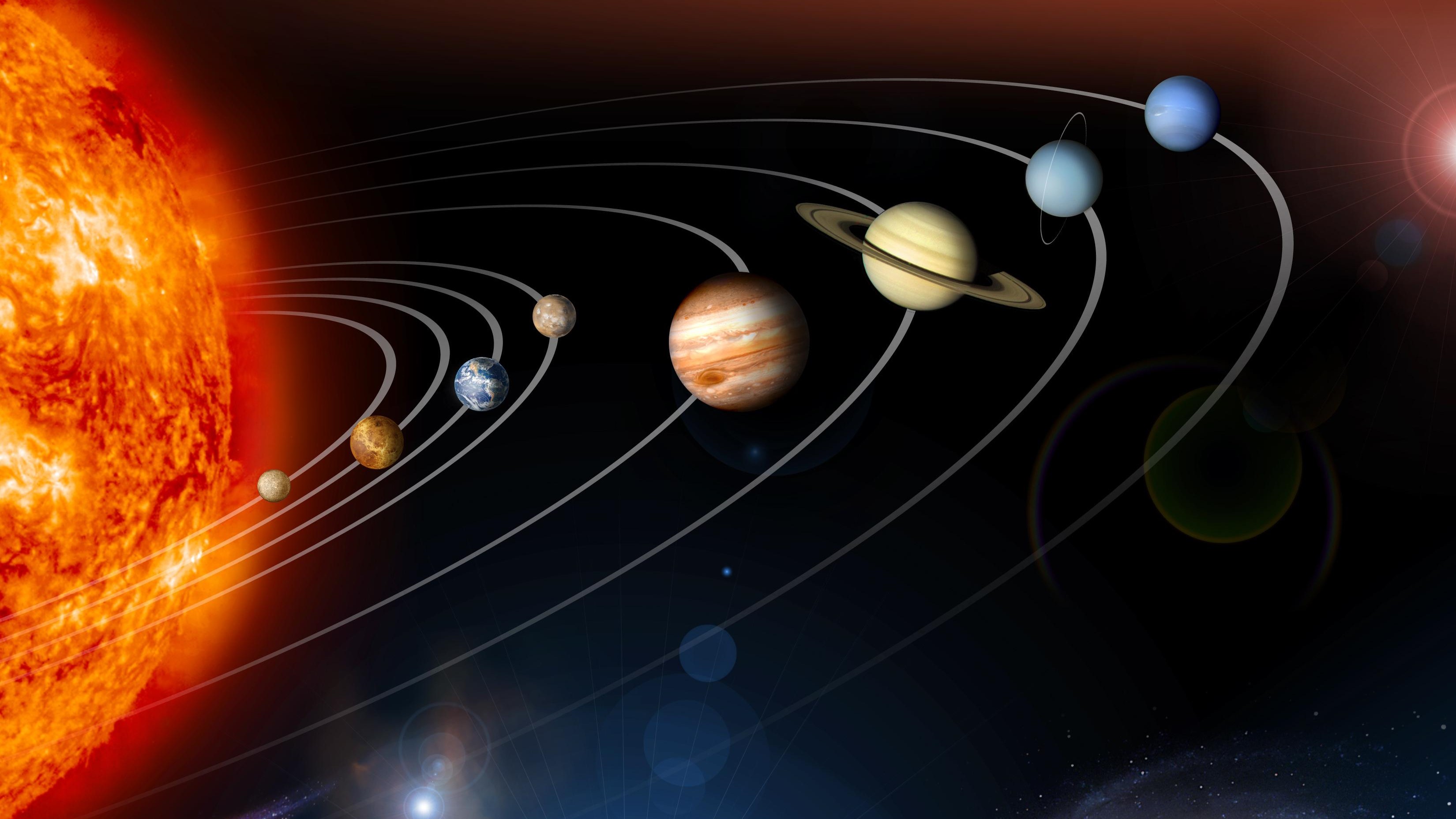The formation of planetary systems is a complex and fascinating process that has intrigued astronomers for centuries. While our understanding of this process has grown significantly in recent decades, there is still much that we don't know. In this blog, we'll explore what we know and what we don't about the formation of planetary systems.
What we know:
We know that planetary systems form from clouds of gas and dust, called nebulae. As these clouds collapse under their own gravity, they begin to spin faster, creating a spinning disk of material around a central star. This disk, called a protoplanetary disk, is where planets begin to form. Small dust particles collide and stick together, eventually forming planetesimals, which can grow into planets through a process called accretion. We also know that the composition of planets depends on their distance from the central star, with inner planets being rocky and outer planets being gas giants.
What we don't know:
Despite our growing understanding of the formation of planetary systems, there are still many unanswered questions. For example, we don't know exactly how the first planetesimals formed or how they grew into planets. There is also debate over whether planets form quickly, in just a few million years, or more gradually over tens of millions of years. We also don't fully understand the role that the central star plays in shaping the formation of its planetary system. Finally, there is still much to learn about the conditions that lead to the formation of habitable planets and the emergence of life.
Current research:
Recent discoveries and ongoing research are helping to shed light on these unanswered questions. For example, the discovery of exoplanets, planets outside our solar system, is allowing us to study a wider range of planetary systems and better understand their formation. In addition, new observations of protoplanetary disks are providing insights into the early stages of planet formation. Scientists are also using computer simulations to model the formation of planetary systems and test different scenarios.
In conclusion, while we have made significant strides in understanding the formation of planetary systems, there is still much to learn. Continued research and new discoveries will help to further our understanding of this fascinating process and shed light on the origins of our own solar system and the potential for life beyond Earth.

